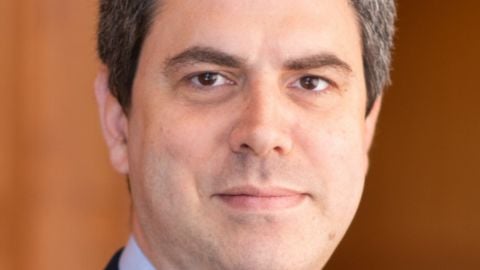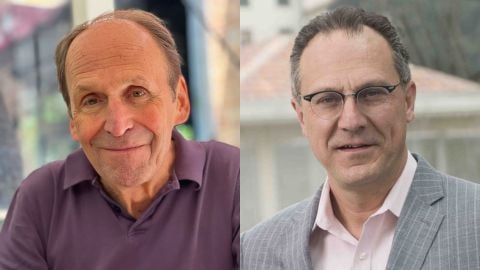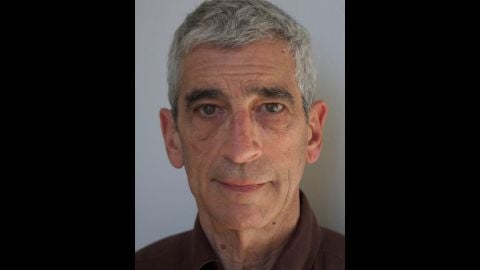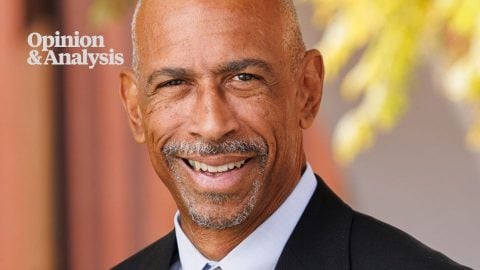In this video, Dr Edward Sellman discusses a journal article critiquing the role of mindfulness in education. He introduces the context for this piece of writing before explaining the differences between mindfulness ‘in’ education as opposed to mindfulness ‘as’ education. The former is characterised by an instrumental focus on the ‘by-products’ of mindfulness such as greater concentration and well-being. He makes the case for a more holistic and integral approach to mindfulness, focused on presence, compassion, de-conditioning and non-reactivity and begins to describe what mindfulness ‘as’ education might look like and the benefits it offers students. Image courtesy of Edward Sellman.
Image courtesy of interviewee. March 17, 2021






